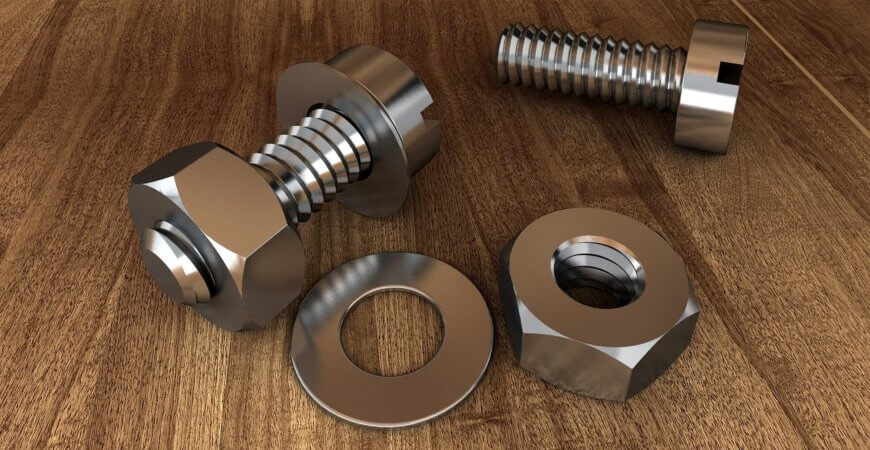

Useful tips on how to identify different metals
The modern world is built on metals. We use them in food packaging, electronic devices, household appliances, construction, furniture, and for many other purposes. But in day-to-day life, we don’t really need to identify metals or know what makes one metal different from another. The situation changes when you find a job in the metal industry or want to earn some extra money by selling scrap metal. Being able to recognise common metals will help you sort your scrap metal and accurately assess its value. In the article below, you can find our short scrap metal identification guide with different ways to identify metals.
What types of metals are there?
Metals can be divided into two main groups: ferrous and non-ferrous metals.
- Ferrous metals include steel, alloy steel, carbon steel, and cast iron, among others. The presence of iron gives them magnetic properties but, at the same time, makes them more susceptible to corrosion.
- A non-ferrous metal, on the other hand, has no iron content; such metals are non-magnetic and more resistant to corrosion. Common metals from this group include aluminium, copper, lead, zinc, and tin.
How to identify metal: 5 Common metal testing methods
Appearance test: This is the simplest test and one that doesn’t require any additional tools. However, you need to know enough about different types of metals to spot visible differences between them. The most obvious one is colour, but it’s important to keep in mind that some metals, e.g., stainless steel and aluminium or gold and brass, are quite similar in appearance. Another visible clue you can look for is corrosion. It’s a good way to judge whether you’re dealing with a ferrous or non-ferrous metal.
Magnet test: This test is quite simple and straightforward. All you need is a magnet, and you can easily determine whether your metal is ferrous or not. It’s a very reliable method, as long as you remember that there are some exceptions and not all ferrous alloys are magnetic.
Spark test: The spark test consists of applying a piece of metal against a grinding wheel. This action should produce sparks that will vary in appearance (colour, length) depending on the type of metal. To identify your metal, you can use a chart with results specific to different metals, or you can use the same test for metals you know for comparison.
Hardness test: This test can accurately show how hard the metal in question is. It uses an indenter to apply pressure to the surface and measures the depth of penetration. The result can not only tell you whether it’s a soft metal or not but can also give you a precise score to compare with the test scale.
Chip test: During this test, you need to chip off a small piece of metal using a chisel or a hammer. By examining the size of the chip and its texture, you can learn a lot about the properties of the metal you are testing and use this knowledge to identify it.
How do you identify an unknown metal?
When you come across an unknown metal object, you can use one of the tests mentioned above to find out exactly what it is made of. In some cases, it may be necessary to try different methods if the results are not conclusive.
Recycling metals offers many benefits. Not only is it good for the environment and enables us to manage natural resources more efficiently, but it can also help your finances! If you don’t know what to do with your scrap metal, contact us! At Trans Metal, we offer scrap metal collection services in London from domestic and commercial properties, as well as construction sites.
